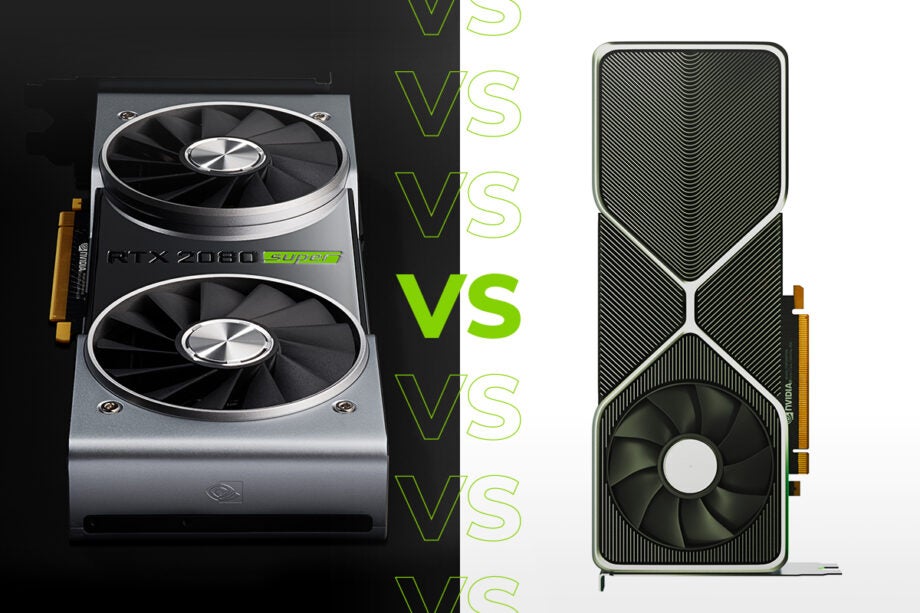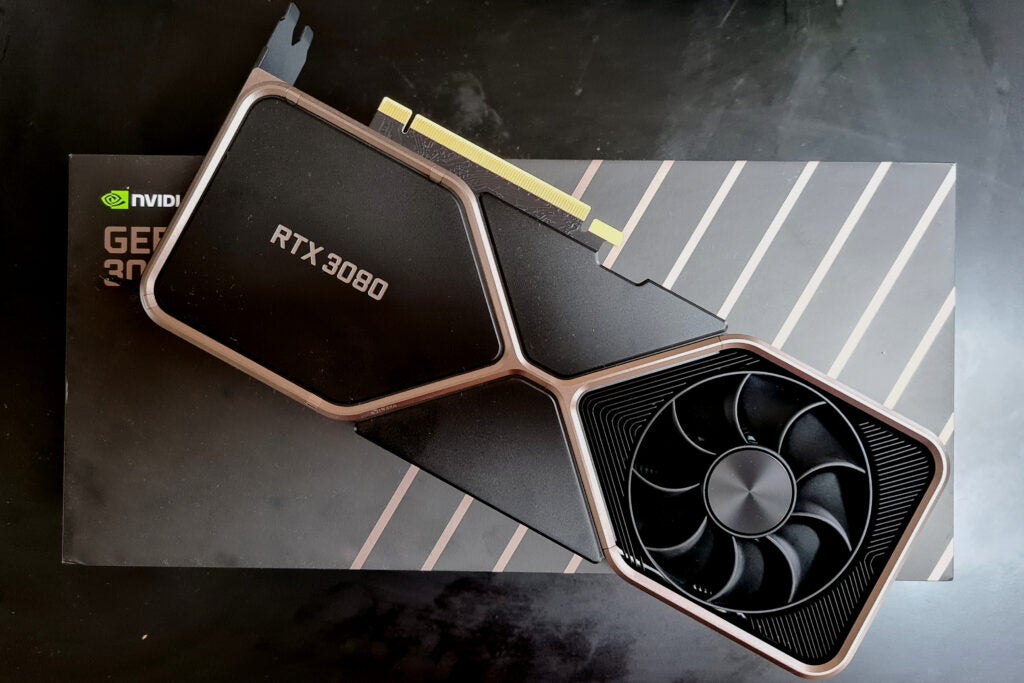Nvidia RTX 3090 vs RTX 3080: Which should you buy?

Tempted by the new Nvidia Ampere RTX 3080 graphics card, but not sure if you should wait to get the even more premium RTX 3090? You’re not alone.
The two graphics cards were unveiled earlier this year and, on paper, are massive upgrades on the older 20-series, featuring a completely new Ampere architecture. But with both being marketed as offering “ultimate performance” and looking fairly similar, you may justifiably be wondering which is best for your specific needs.
Here to help out we’ve created a definitive guide detailing how the two powerhouse graphics cards compare.
Related: Best graphics card
Nvidia RTX 3090 vs RTX 3080 specs
Both the Nvidia 3090 and 3080 cards are based on Nvdia’s latest Ampere architecture. This means they’re built using a new 8nm manufacturing process that lets Nvidia load them with more transistors than you can shake a stick at. In laymen terms this means they are more efficient and offer more performance-per-watt than any previous ray tracing card.
They also feature a few never before seen technologies including new RT Cores, third-gen Tensor cores and Micron G6X video memory (VRAM) which promise to improve ray tracing performance, load times and general frame rate counts.
However, they both have fairly different target markets. The 3080 is being sold as a replacement for the basic RTX 2080, while the 3090 aims to replace the uber expensive RTX 2080 Ti. As a result the 3090 has overwhelmingly higher (at least on paper) stats than the 3080 in a few key areas. You can get a rough and ready breakdown of the two cards core stats in the table below.
| Card | CUDA Cores | Tensor Cores | Base Clock Speed (GHz) | Boost Clock Speed (GHz) | Memory | Power consumption (W) |
| RTX 3090 | 10,496 | 328 | 1.4 | 1.7 | 24GB GDDR6X | 350 |
| RTX 3080 | 8704 | 272 | 1.44 | 1.71 | 10GB GDDR6X | 320 |
As you can see, the biggest differences relate to the two cards’ CUDA / Tensor core count, memory and power consumption.
The 3090’s clear lead in memory and tensor cores is a key reason Nvidia claims it will be “the first 8K gaming-ready” graphics card ever made, while the 3080 is firmly designed for top end 4K play – despite also featuring an 8K ready HDMI 2.1 connection on its back.
The only downside is that the 3090 has a higher TDP than the 3080, which is fairly demanding in its own right. This means you’ll likely need at least a 750W, though ideally 1000W, PSU to take advantage of the card.
We haven’t had a chance to test the 3090 yet, though given our experience with the 3080, we’re taking Nvidia’s performance claims fairly seriously. During our RTX 3080 review, the card delivered on pretty much every one of Nvidia’s promises, offering 4K ray tracing gameplay at over 60fps in nearly every test.

The only slight concern we have is that 8K gaming is still in its infancy. Most people are yet to make the jump to 4K, let alone 8K monitors, and TVs with HDMI 2.1 inputs and 8K high refresh rate panels are still very expensive luxuries.
Most games also don’t have 8K texture packs, so there isn’t a huge benefit, at the moment. Given Nvidia’s success getting ray tracing off the ground, this may change over the next few years, but for now it’s a key thing to be aware of when picking between the two cards.
Related: Best gaming monitor
Nvidia RTX 3090 vs RTX 3080 price
Price is also a key factor with the 3090 costing considerably more than the RTX 3090. The RTX 3090 Founders Edition is set to retail for a hefty £1399 ($1499) when it launches on 24 September. You can grab a 3080 FE from 17 September for £649 ($699).
Nvidia RTX 3090 vs RTX 3080: early verdict
We haven’t had a chance to benchmark the 3090 yet, but from what we’ve seen so far, the lack of 8K supported games means most buyers will likely invest in the 3080, which is currently the top GPU for 4K performance.
This may change in the future however as 8K content becomes more mainstream. We’ve already seen a wealth of new 8K-ready TVs get unveiled and the arrival of the 8K-ready (for video playback) PS5 and Xbox Series X will also help speed things along. Creatives will also likely appreciate the 3090’s more powerful performance, though they’ll have to use Nvidia’s Studio, not gaming drivers.


